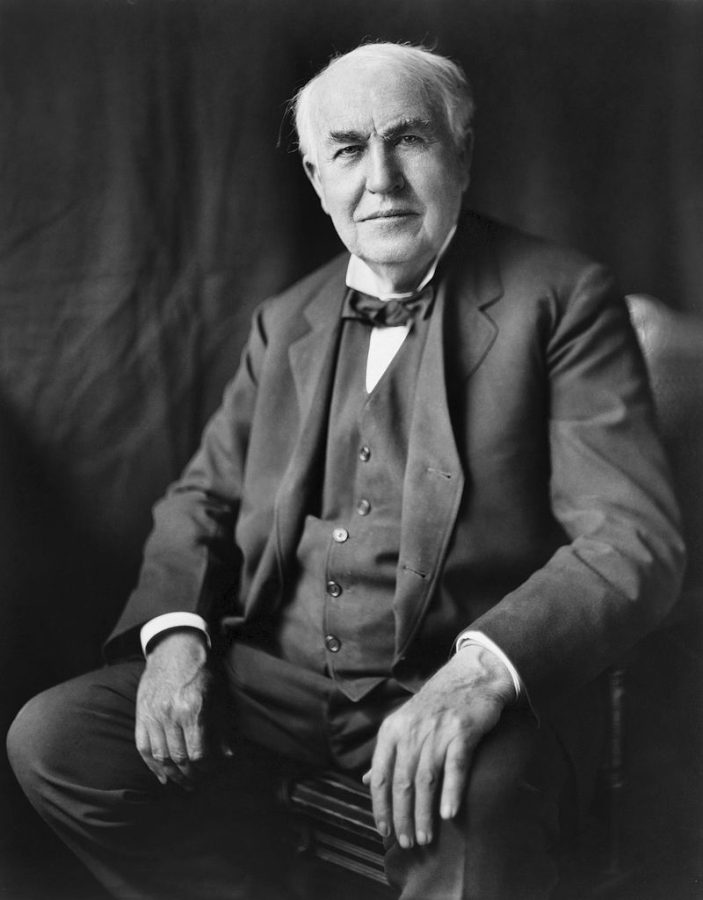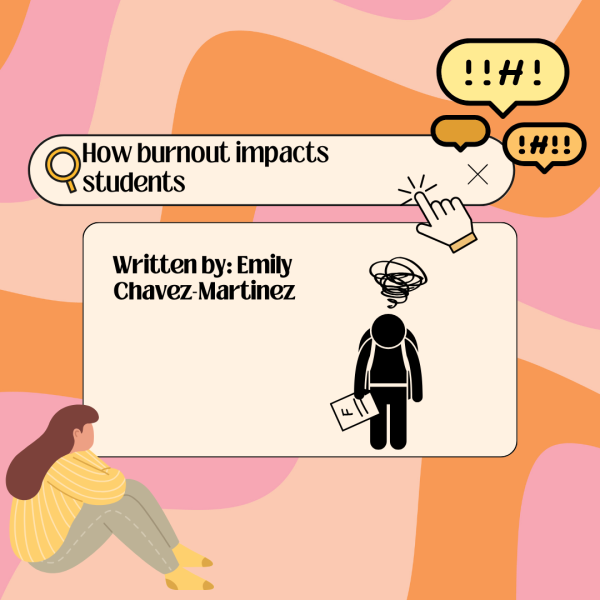Why Thomas Edison Isn’t the Great Inventor You Think He Is
Edison didn’t invent the lightbulb, he just marketed it and funded the research
The concept of the lightbulb was created by British inventors in 1835 who demonstrated through the arc lamp that electric light was possible. These lights, however, had short life spans and were incredibly expensive to produce. Edison set up teams of experimenters and funded their work to create the lightbulb, and through their rigorous work and tests, they produced a lightbulb that could last 15 hours in 1879. He then marketed this product and funded the inventions of systems for electric power generation and transmission, because he could not sell light bulbs unless people also had electricity. His team of inventors weren’t given the credit for the invention, and because of Edison’s influence, he was the one that was praised for these innovations.
The phonograph wasn’t his creation, and the machinist who made it wasn’t given credit.
While Thomas Edison did come up with the idea for the phonograph, later named a gramophone, he didn’t know how to make it. He employed a machinist named John Kruesi to build the phonograph and relied on him to create all the elements of the invention. When it was completed in 1877 after Kruesi worked on it for 30 hours straight, Edison marketed and sold the machine, and built up his reputation as an inventor without giving proper credit to his employee.
He stole Nikola Tesla’s work, lied to him with false promises, and tried to destroy his reputation as an inventor.
Like many other people Thomas Edison discredited in his career, what he did to Nikola Tesla was one of the more notorious cases. Tesla was used by Edison to create various inventions and technological breakthroughs, including the perfection of generators used to provide electricity to houses. Nikola was promised 50,000 dollars from Edison after the completion of his work for these generators; and when he did successfully improve the generators, allowing for them to work for longer and break down less, Edison told Tesla that he only “made that offer in jest” and did not pay him what he was promised.
Tesla resigned following Edison’s actions, and he reinvented the Alternating Current System. Edison didn’t approve of this power source, as it was competition to Edisons own Direct Current- so to try and discredit Tesla’s reputation, he would pay schoolboys to bring him live cats and dogs to publicly electrocute them using Tesla’s AC to show the public how “dangerous” it was. These public shows of electrocution eventually led Edison to invent and patent the electric chair. Thankfully, these attempts to drag Tesla’s reputation didn’t stop Tesla from being funded by George Westinghouse, an entrepreneur, and he managed to use his own lightbulbs to light the first electrically lit fair.
Tesla ended up winning this “Current War” as his Alternative Current system was more versatile and safer than Edison’s Direct Current system. Tesla later went on to invent the Tesla Coil, which is used in radios, television and cell phones. Sadly, Tesla seldom got credit for his inventions and contributions towards innovation, and his success and recognition was only discovered long after his passing, unlike Edison, whose stolen works have been praised for decades.
It is always interesting to see how our perceptions of historical figures can become inaccurate with the idolization of important events for mankind. It seems our society likes to pin specific people that are “Responsible” for innovations in technology, like Edison with the lightbulb; but in trying to find a specific person to credit for these inventions, we discredit the other people involved in the creation of these innovations and changes. Before looking at a historical figure and seeing them just for what they’ve “accomplished”, make sure to stay informed and research the person in question; you might find they aren’t all that great after all.
Your donation will support the student journalists of Dakota High School. Your contribution will allow us to purchase equipment and cover our annual website hosting costs.

Alyssa Zerilli is a 12th grader at Dakota high school, She has experience in creative writing and enjoys water/snow skiing and drawing in her spare time. ...










